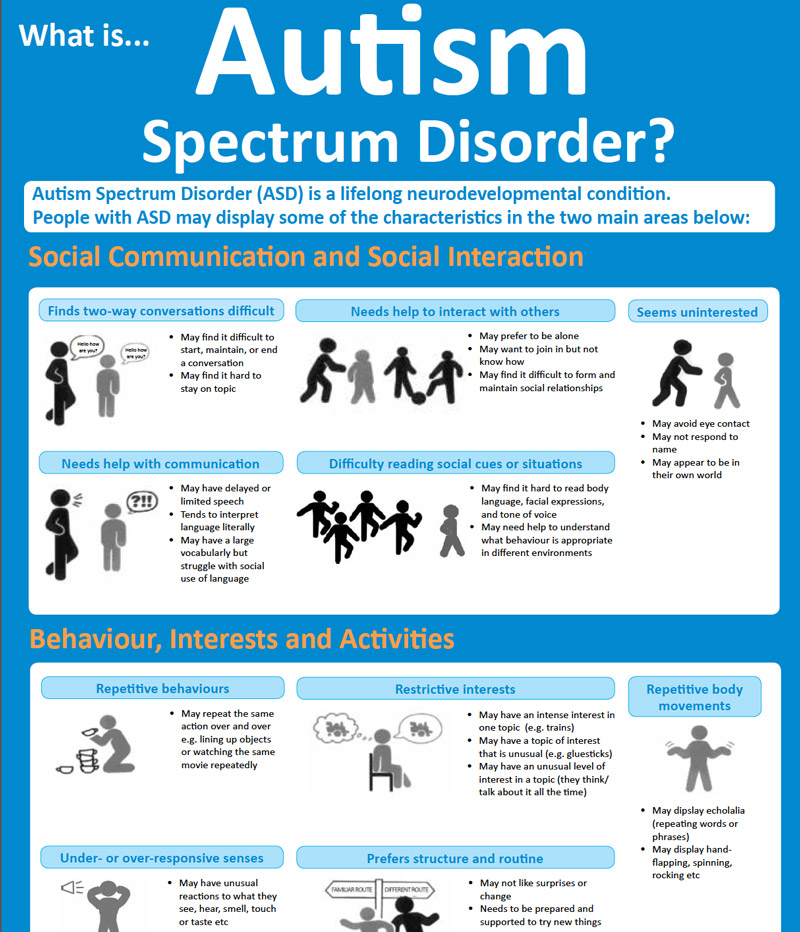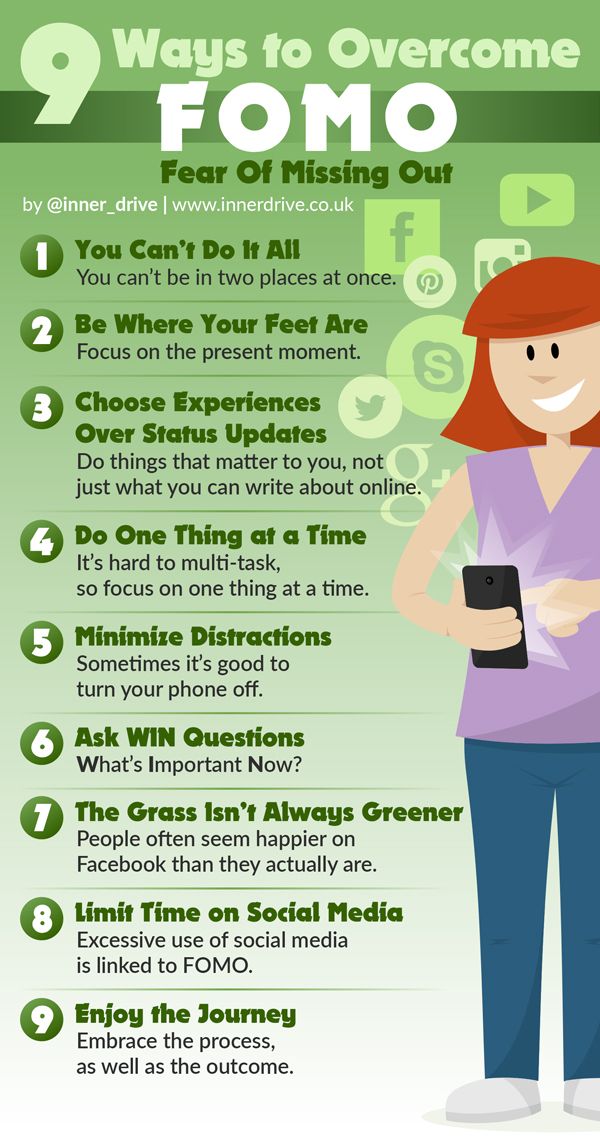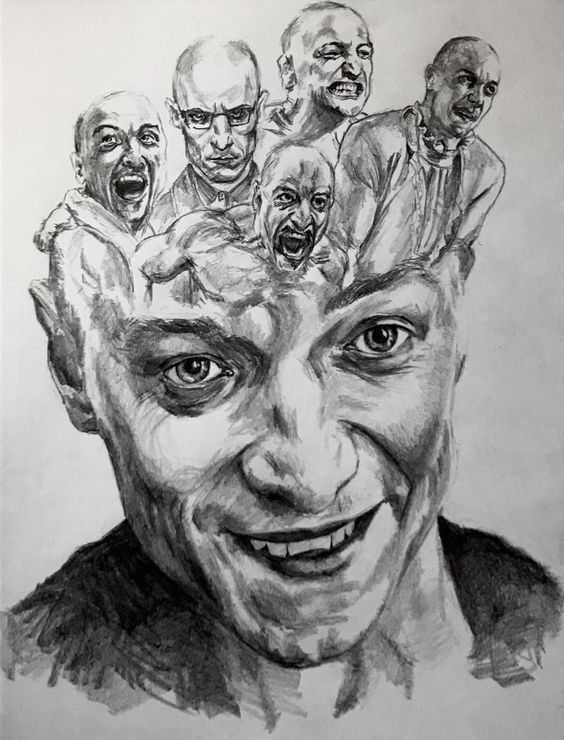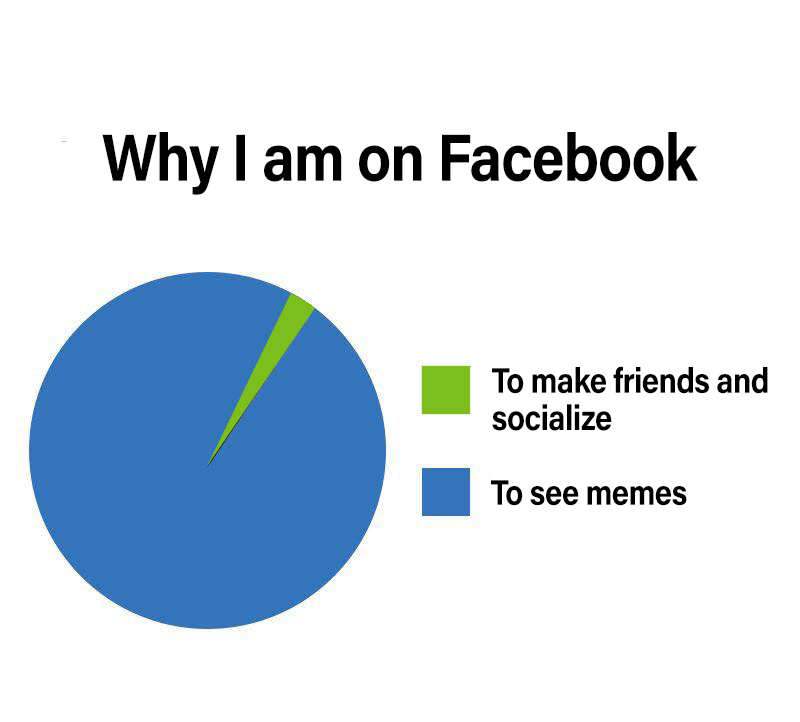Different degrees of autism
The 3 Levels of Autism Explained
Autism is a diagnosis that often carries a certain connotation. Those who are unfamiliar with the nuances of autism spectrum disorder (ASD) may assume that all children on the spectrum participate in repetitive behaviors, don’t make eye contact, and are largely non-verbal. While these signs can certainly be present, there are many children who fall within the spectrum whose symptoms are far milder and even those whose symptoms are more severe. It’s a wide and diverse range of possible complications, and despite what some may think, children within the spectrum do not all fall into neat little categories. For that reason, the classifications of ASD have changed significantly over the years.
Previous Autism Spectrum Disorder TerminologyMuch of the misconception surrounding ASD comes from terminology that was used prior to 2013. In this prior classification system, children fell into one of the following three categories:
- Autistic Disorder – More severe cases of ASD were previously classified as autistic disorder.
The condition was often defined by communication troubles, repetitive behaviors, and social challenges among other symptoms.
- Asperger’s Syndrome – On the opposite end of the spectrum was Asperger’s syndrome which was characterized by milder symptoms which may impact an individual’s communication or social skills.
- Pervasive Development Disorder, Not Otherwise Specified (PDD-NOS) – For children who fell in the middle and didn’t fully meet the requirements for either autistic disorder or Asperger’s, a diagnosis of PDD-NOS was often given.
While the old system of classification may seem a little more cut-and-dried, the subtle differences that often distinguished one from the other left room for a lot of confusion and much was open to interpretation. To address this, ASD is now categorized into three different levels, indicating what level of support a patient may need.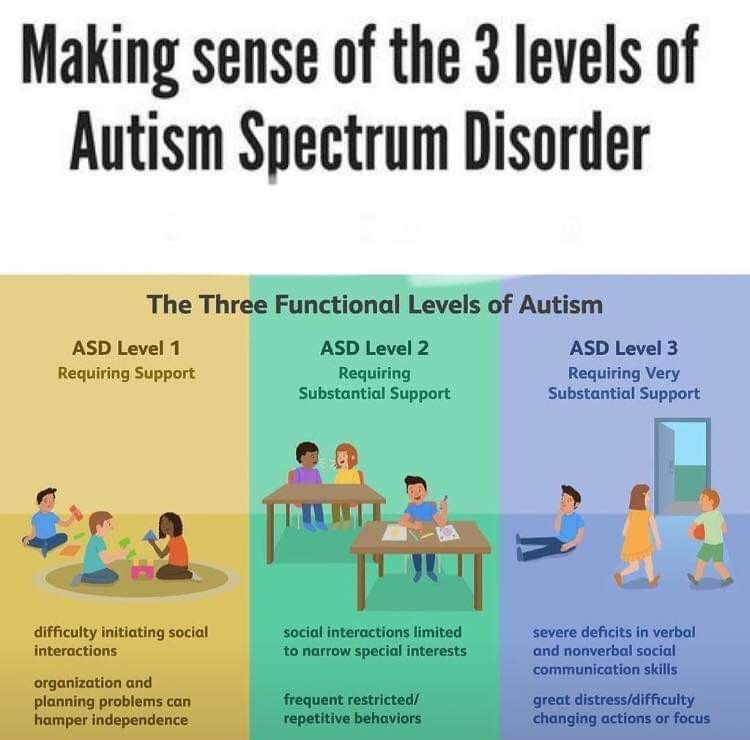
- ASD Level 1 – Level 1 ASD is currently the lowest classification. Those on this level will require some support to help with issues like inhibited social interaction and lack of organization and planning skills.
- ASD Level 2 – In the mid-range of ASD is Level 2. In this level, individuals require substantial support and have problems that are more readily obvious to others. These issues may be trouble with verbal communication, having very restricted interests, and exhibiting frequent, repetitive behaviors.
- ASD Level 3 – On the most severe end of the spectrum is Level 3 which requires very substantial support. Signs associated with both Level 1 and Level 2 are still present but are far more severe and accompanied by other complications as well. Individuals at this level will have limited ability to communicate and interact socially with others.
Parents of a child with suspected or diagnosed ASD need the support of a knowledgeable and understanding pediatrician.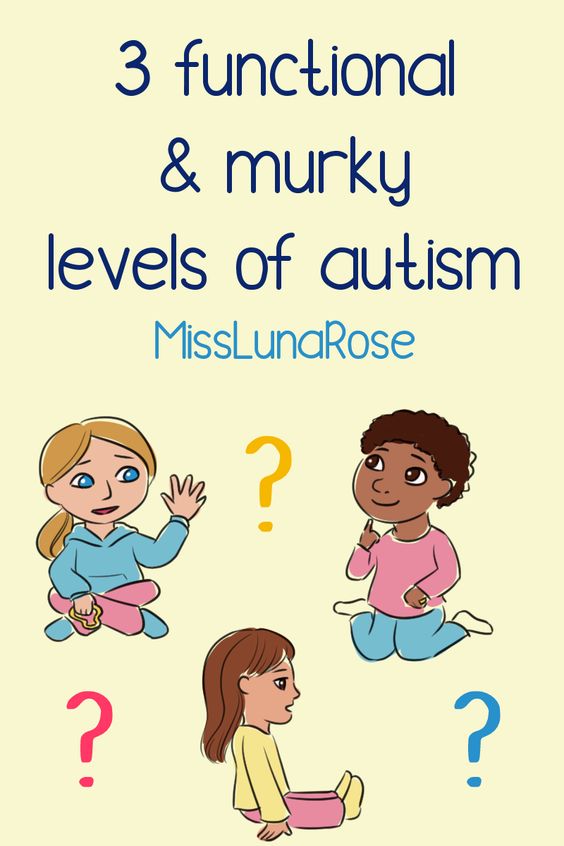 At Lane Pediatrics, our physicians fit the bill with experienced, compassionate, and comprehensive care. Learn more about them and our pediatric services by clicking below.
At Lane Pediatrics, our physicians fit the bill with experienced, compassionate, and comprehensive care. Learn more about them and our pediatric services by clicking below.
The 3 Levels of Autism: Symptoms and Support Needs
Three levels of autism exist to clarify the amount of support an autistic person might want or need.
Autism spectrum disorder (ASD) is a neurodevelopmental difference that can appear in many forms.
The Diagnostic and Statistical Manual of Mental Disorders, 5th edition, text revision (DSM-5-TR) outlines diagnostic criteria based on functioning in two domains:
- social communication
- restricted interests/repetitive behaviors
These criteria state that autistic people sometimes benefit from support, but there’s a wide range of differences in support needs.
Some autistic people are fluent conversationalists and might want only occasional help interpreting social cues or unpacking issues in therapy. Others get stuck and frustrated by social or functional roadblocks if they haven’t had regular coaching in relevant skill areas.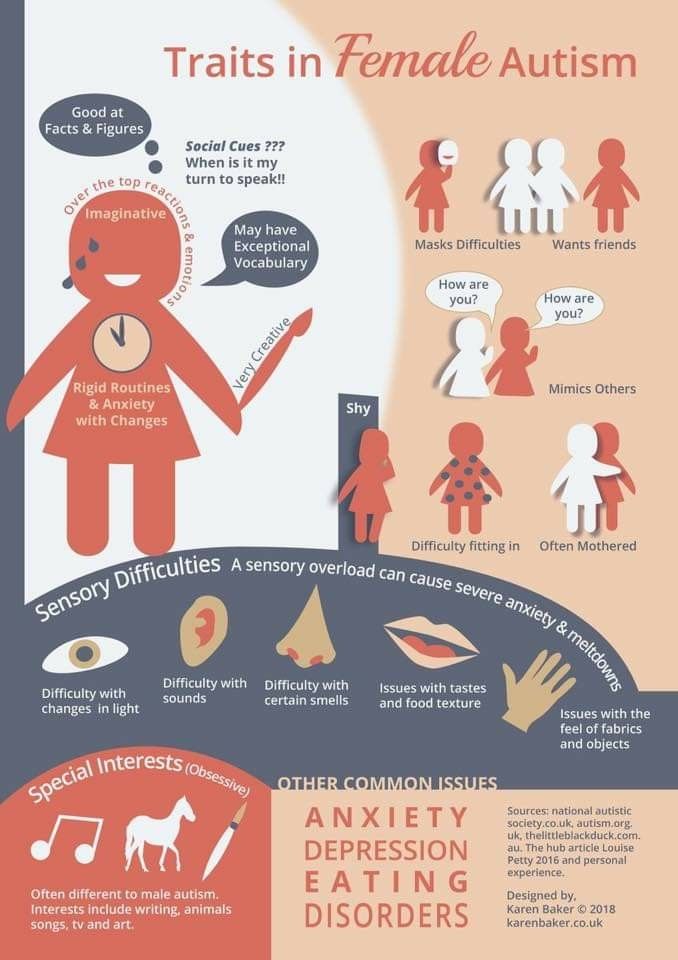
And some are nonspeaking, highly sensitive to sensory input, and communicate with emotional and behavioral outbursts when their needs aren’t recognized or met. They may use augmentative and alternative communication (AAC) tools like picture symbols or electronic devices to express their thoughts and may benefit from support in multiple areas.
When diagnosing the condition, doctors assign levels of autism to help the person get the amount of support that’s right for them.
A person can also have different levels across the two domains — for example, someone might have level 1 autism for social communication and level 2 for restricted/repetitive behaviors. Each of those criteria has its own degree of support.
A person with level 1 autism requires the least amount of support.
Level 1 social communication characteristics may include:
- trouble understanding or complying with social conventions
- the appearance of disinterest in social interactions
- some emotional or sensory dysregulation
Level 1 restricted interests and repetitive behavior traits can be:
- a need for additional personal organization strategies
- behavioral rigidity and inflexibility
- stress during transitions
- attention span differences
- perseveration (focusing on something longer than is helpful)
An autistic person at level 1 in social communication might want therapy or coaching to enable them to navigate social nuances.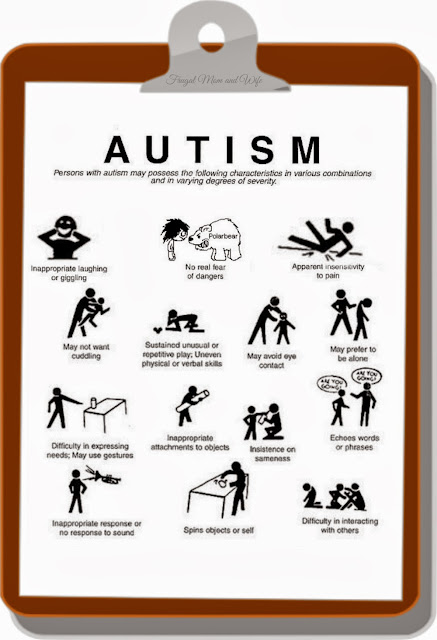 Therapy for level 1 restricted and repetitive behaviors can help an autistic person learn self-regulation strategies.
Therapy for level 1 restricted and repetitive behaviors can help an autistic person learn self-regulation strategies.
At school, they can benefit from accommodations like extra time for tests and intermittent support from an education assistant (EA).
An autistic person who meets the level 2 criteria in either category has similar characteristics as those in level 1 but to a greater extent.
Social communication traits at level 2 may include:
- using fewer words or noticeably different speech
- missing nonverbal communication cues like facial expressions
- exhibiting atypical social behavior, like not responding or walking away during a conversation
Restricted interests and repetitive behavior traits at level 2 might resemble:
- a high interest in specific topics
- noticeable distress when dealing with change or disruption
An autistic person at level 2 might need school accommodations like scribing or reading support, as well as an EA nearby to help with social interactions during recess and lunch breaks.
They may also have schoolwork adapted to their level and be part of a social skills group. While in high school they might participate in an off-campus job training program.
Outside school, an autistic person at level 2 might benefit from activities such as:
- speech therapy
- occupational therapy
- social skills coaching
- applied behavior analysis (ABA) therapy
An autistic person assessed as level 3 in either social communication or restricted/repetitive behaviors will need the most support and seem noticeably different at a young age.
Level 3 social communication means the person may:
- be nonspeaking or have echolalia (repeating words or phrases they hear)
- prefer solitary activities
- interact with others only to meet an immediate need
- seem unable to share imaginative play with peers
- demonstrate a limited interest in friendships
If they are at level 3 for restricted/repetitive behaviors, they might:
- engage in repetitive physical behaviors like rocking, blinking, or spinning in circles
- express extreme distress when asked to switch tasks or focus
Support for level 3 autism includes the same therapies as level 2, but at a more comprehensive level and with greater scheduling frequency.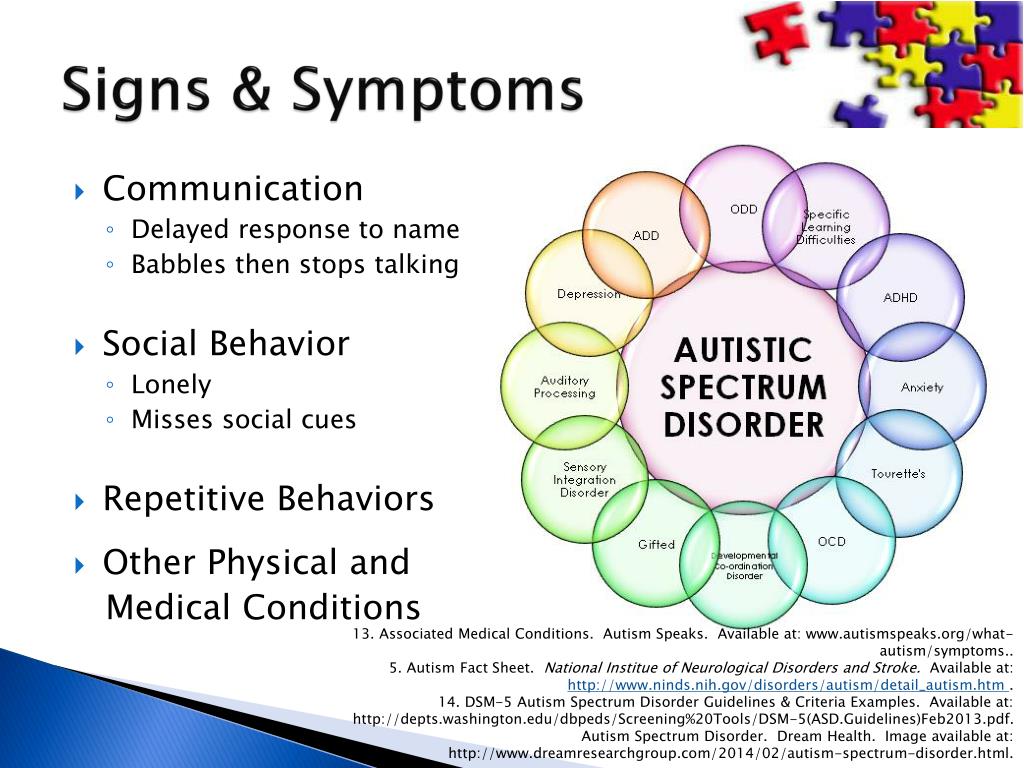 People with this level of autism might use AAC, like a speech-generating device or Picture Exchange Communication System (PECS).
People with this level of autism might use AAC, like a speech-generating device or Picture Exchange Communication System (PECS).
Education accommodations include one-on-one time with an EA, a separate education setting like a resource room, and modified level-specific activities. In high school, they might be in a specialized program learning functional literacy and numeracy, as well as life skills.
Before the DSM-5 was published, autism was one of several diagnoses listed under the category of pervasive developmental disorders (PDD). This has since changed.
In the DSM-5 and DSM-5-TR, four of the previous PDD diagnoses are now included in the category of autism spectrum disorder:
- Asperger’s syndrome
- pervasive developmental disorder, not otherwise specified (PDD-NOS)
- autistic disorder
- childhood disintegrative disorder (CDD)
A fifth diagnosis formerly in the PDD category is Rett syndrome, which is not considered a type of autism.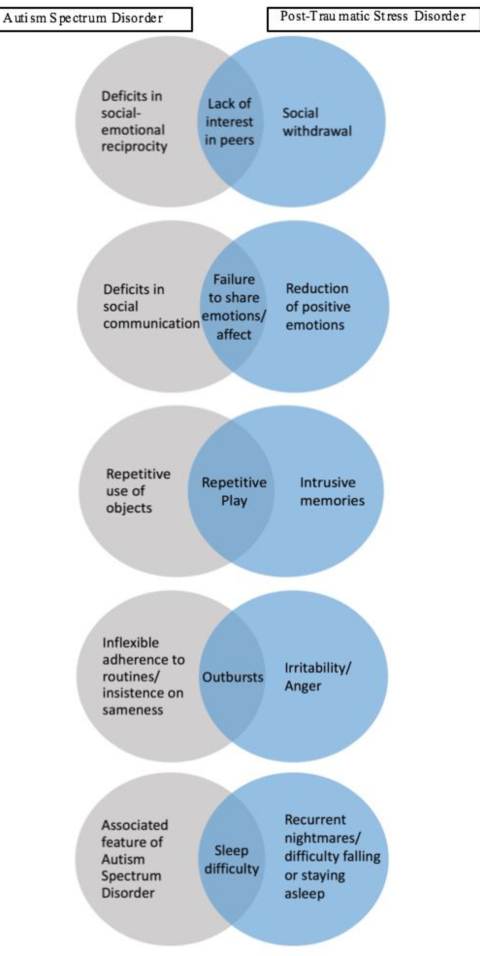
Asperger’s syndrome
You may have heard the term Asperger’s syndrome (AS) or “Aspie” in relation to autism.
People diagnosed with AS have autistic traits, plus two defining characteristics:
- typical language development
- average to above-average intelligence
The DSM-5 and DSM-5-TR no longer use the term Asperger’s syndrome. It’s an outdated diagnosis from the DSM-4. You might still hear people refer to themselves or the autistic people in their lives as Aspies or having AS, if they were identified before the arrival of the DSM-5 in 2013.
PDD-NOS
Pervasive developmental disorder, not otherwise specified (PDD-NOS) is another outdated DSM-IV diagnosis that has since been included as part of ASD in the DSM-5.
People diagnosed with PDD-NOS have significant impairments in communication and noticeable repetitive behaviors and restricted interests. They may also experience a delay in language development or live with an intellectual disability.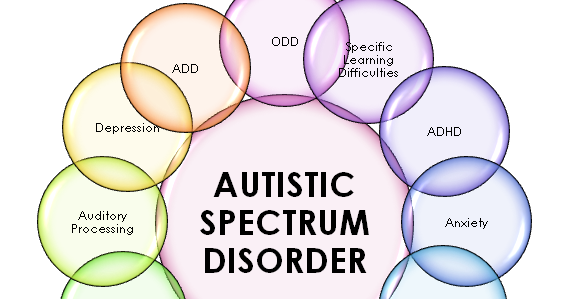
However, symptoms aren’t severe enough or don’t appear early enough in life, to meet the criteria for what was previously known as autistic disorder.
Autistic disorder
Also from the DSM-4, autistic disorder is the term previously used to describe autism resulting in comprehensive support needs. People diagnosed with autistic disorder have similar symptoms as those with PDD-NOS but these symptoms are more pronounced.
Childhood disintegrative disorder
According to a 2017 study, childhood disintegrative disorder (CDD) is a rare form of autism characterized by developmental regression resulting in severe autism with intellectual disability.
Although more research is needed, the study found evidence of neurobiological differences between people with CDD and other forms of autism.
Rett syndrome
Rett syndrome results in some autistic-like traits and was previously included in the PDD category. However, researchers have since discovered that Rett syndrome results from a genetic mutation, so they no longer considered it a type of autism.
Autism is categorized into different levels based on the amount of support an autistic person might need.
The DSM-5 and DSM-5-TR include three levels of support needs for autism spectrum disorder. The previous DSM-4 categorized autism as separate diagnoses of Asperger’s syndrome, PDD-NOS, autistic disorder, and CDD.
The Centers for Disease Control and Prevention (CDC) has an autism information page with links to resources. You can also visit Psych Central’s autism hub for more information and resources.
Classification of autism - Mardaleishvili Medical Center
Autism is a disorder of the nervous system, mental disorder of a child. There are difficulties in interacting with the outside world and society.
This is a condition that accompanies the child throughout life.
Characteristic features of childhood autism are:
- Closeness;
- Limited interests;
- Difficulties in communication.
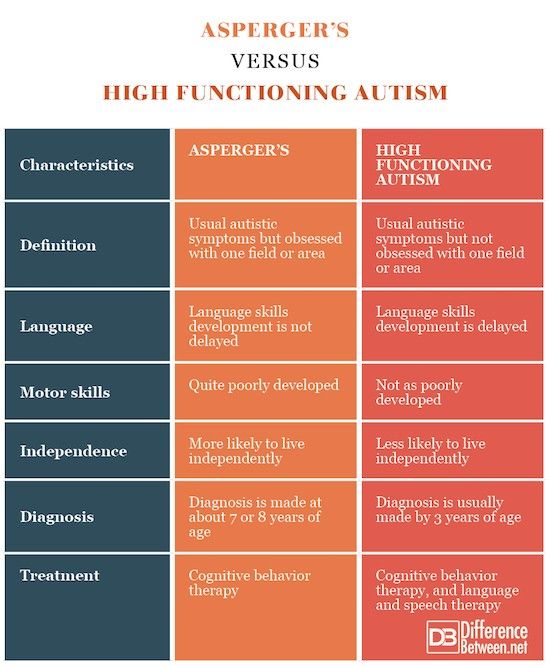
Psychologists and psychotherapists work with such a pathology.
Autism, like any disease, has its own classification. Consider the main groups of RDA in more detail.
Classification of childhood autism
There are two types of classification of childhood autism.
The main ones are:
- ICD-10;
- DSM-IV.
The first species was introduced by the World Health Organization. Today he is the main in classification of childhood autism . Based on the symptoms of the disease. Each type has its own code.
Let's take a closer look at the types of autism in children and the cipher to which it refers. Childhood autism has one common code F 84.0. Further, this disease was divided into several subspecies.
Subspecies of childhood autism have their own codes and are divided into:
- Atypical autism;
- Asperger's Syndrome;
- Childhood autism disorder;
- Rett syndrome;
- Mental retardation disorder with stereotyped movements;
- Pervasive unspecified disorders.

The second type of classification of childhood autism was presented by the American community of psychiatrists. Both of these classifications differ only in code.
Consider what species are included in this classification.
It includes four types of childhood autism:
- Rett's disorder;
- Asperger's disorder;
- Pervasive developmental disorder, atypical autism.
- Disintegrative disorder of childhood;
In addition to international classifications, a psychological variant is distinguished. It was proposed by Nikolskaya O.S. According to this classification, 4 groups of children with autism were identified.
The following groups were distinguished:
- Detachment, lack of need for contact with the outside world;
- Presence of negativism and rejection of reality, hyperexcitability;
- Substitution of the environment, lack of emotional connection with loved ones;
- Lack of contact with the external environment, fearfulness, vulnerability.
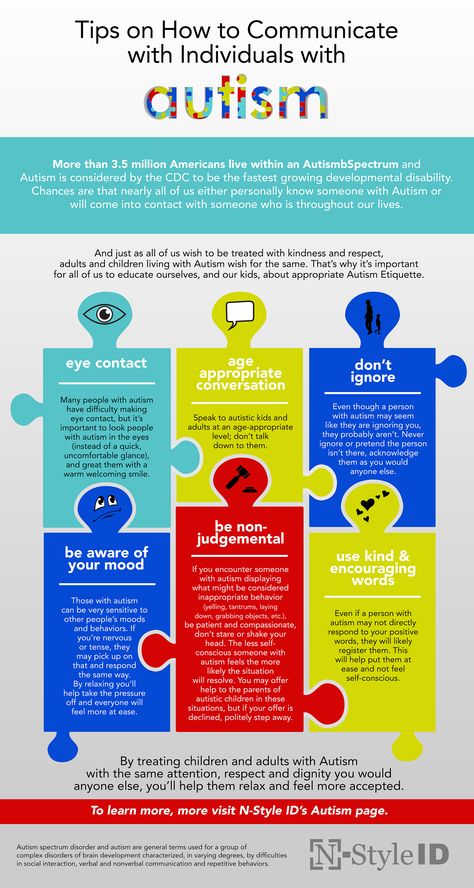
When compared with healthy peers, an autistic child shows a lack of interest in anything new. Children's curiosity is missing. With early childhood autism, classification allows you to accurately select the type of psychological rehabilitation.
Today there is a method of treating childhood autism with one's own stem cells from umbilical cord blood or bone marrow. This method of treatment is successfully used in the Mardaleishvili clinic in Georgia.
Contact the Mardaleishvili clinic!
Types of autism - description, stages, forms and groups of autism, degrees and types of autism in children
What is autism?
Defining autism is a difficult task. This is due to the fact that researchers, scientists and physicians do not have reliable facts about the causes of this disease and cannot trace the processes that lead to the development of this condition. But the main reason is the huge variety of manifestations, symptoms and forms of autism.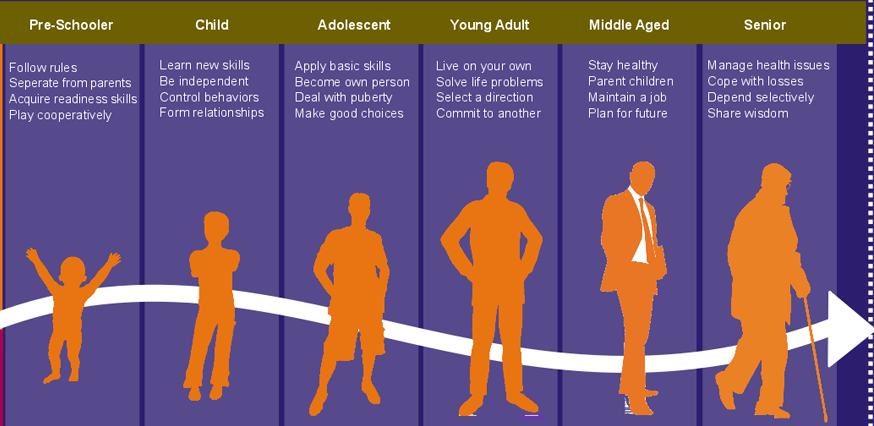 It is in consequence of this feature that autism is usually called a spectrum disorder - Autism Spectrum Disorder (ASD), which is characterized by impaired communication, verbal abilities, difficulties in interacting with the outside world, and limited interests. The division of this disorder into childhood autism and adult autism is possible very conditionally, since autistic features remain in a person all his life, even with complete habilitation.
It is in consequence of this feature that autism is usually called a spectrum disorder - Autism Spectrum Disorder (ASD), which is characterized by impaired communication, verbal abilities, difficulties in interacting with the outside world, and limited interests. The division of this disorder into childhood autism and adult autism is possible very conditionally, since autistic features remain in a person all his life, even with complete habilitation.
Each case of autism is unique, and as they say, "If you know one autist, you only know one autist." Despite this, scientists, doctors, researchers are trying to isolate from a huge variety of cases similar in severity of manifestations and symptoms and combine groups of children and adults into types of autism in order to make a correct diagnosis and correctly prioritize corrective work.
Types of autism in children and adults
Autism is included in a separate group of general disorders of psychological development according to the International Classification of Diseases (ICD) and has the code F84.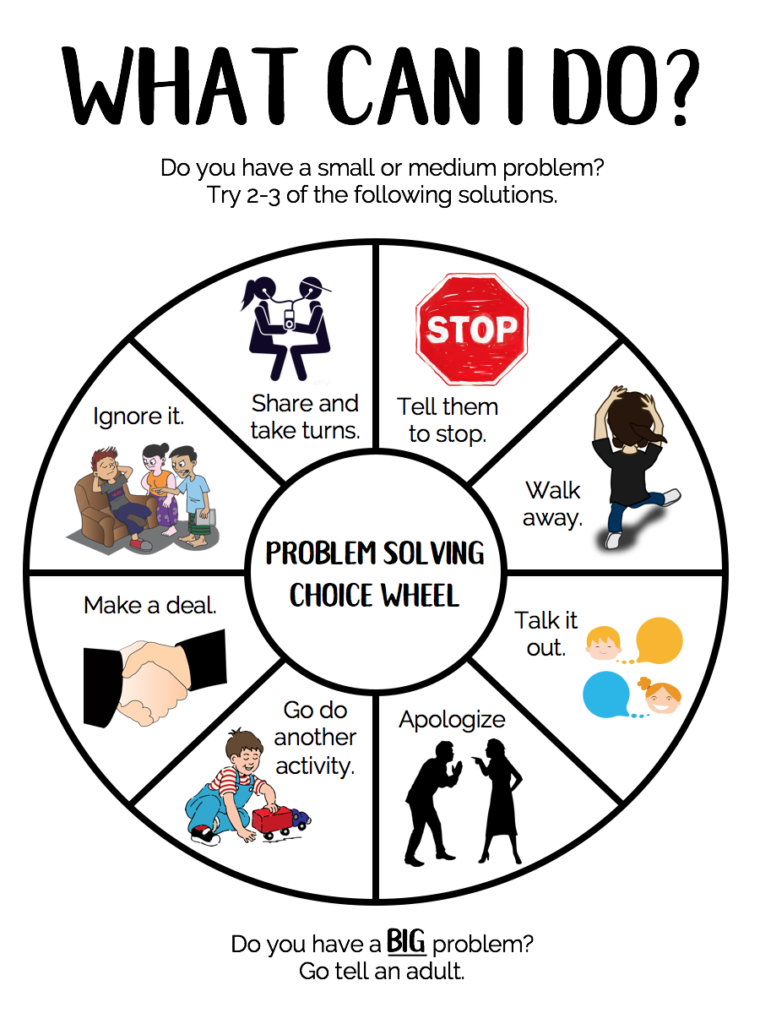 If necessary, to identify diseases associated with these disorders or mental retardation, use an additional code. It was the clinical description of autism that gave grounds to divide it by type, relying on general symptoms and manifestations, degrees of autism in children and adults:
If necessary, to identify diseases associated with these disorders or mental retardation, use an additional code. It was the clinical description of autism that gave grounds to divide it by type, relying on general symptoms and manifestations, degrees of autism in children and adults:
- Asperger's syndrome is distinguished by a fairly high intelligence in the presence of developed spontaneous speech. Most of these patients are capable of active communication and social life, including the use of speech. Many doctors have difficulty diagnosing, because high functionality obscures the problem, and the manifestations of the disease can be perceived as an extreme version of the norm or personality accentuation.
- Classical autism (Kanner's syndrome) is distinguished by the completeness of the clinical picture, when there are distinct signs of anomalies in three areas of higher nervous activity (social interaction, communication, behavior).
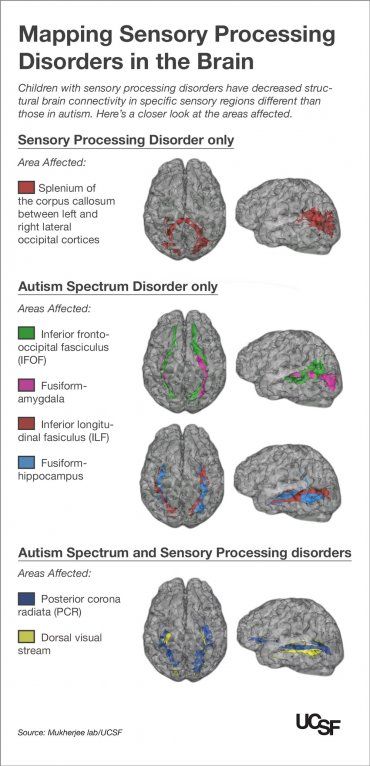 In terms of severity, this type varies significantly - from mild to the most severe.
In terms of severity, this type varies significantly - from mild to the most severe. - Non-specific pervasive developmental disorder (atypical autism): the disorder does not reveal itself by far from all typical autistic features, abnormal manifestations can cover only 2 of the 3 main vulnerable areas. Having a similar diagnosis of autism, children have a high chance of successful development and approaching the normotypical model
- Rett syndrome: usually affects girls, the syndrome is not easy, often appears in early childhood, can lead to low functionality by the period of final adulthood (even with full corrective care).
- Childhood disintegrative disorder: The first signs appear by 1.5-2 years and up to school. Clinically, it often looks like a regression of already mastered skills (divided attention, speech, motor skills).
These types of autism are of value in clinical diagnosis.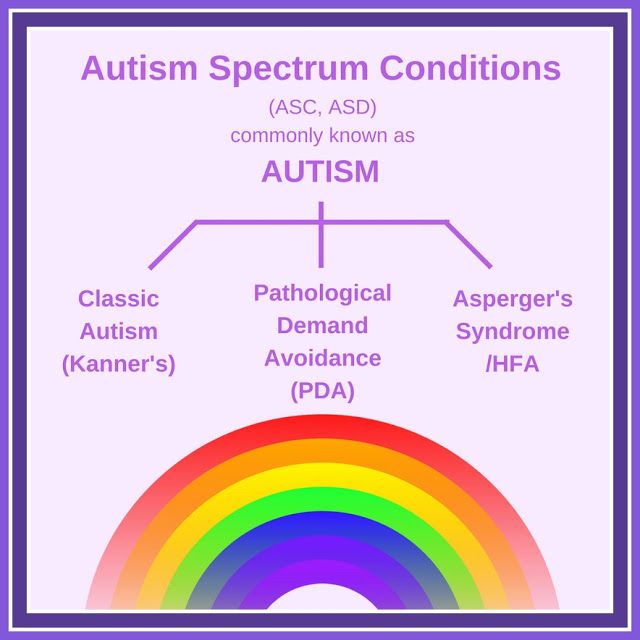 However, for therapeutic purposes, correctional tasks, and for specialists who work to improve the quality of life and acquire skills of both a social nature and a household plan, an updated diagnosis according to the ICD is often not important, since it is not sufficiently informative about the patient’s current problems, stage development of the disease and its impact on a particular person. To simplify work in this area, it is customary to divide patients into the following forms of autism in children and adults: high-functioning and low-functioning. This is a certain scale, at one end of which are children with very severe impairments, pronounced symptoms, requiring help throughout their lives, and at the opposite end are highly functional children who have every chance of independence and compensation in adulthood. The place of a child or an adult on this line is indicated by a therapist, doctor, analyst, thereby indicating the level and direction of his development.
However, for therapeutic purposes, correctional tasks, and for specialists who work to improve the quality of life and acquire skills of both a social nature and a household plan, an updated diagnosis according to the ICD is often not important, since it is not sufficiently informative about the patient’s current problems, stage development of the disease and its impact on a particular person. To simplify work in this area, it is customary to divide patients into the following forms of autism in children and adults: high-functioning and low-functioning. This is a certain scale, at one end of which are children with very severe impairments, pronounced symptoms, requiring help throughout their lives, and at the opposite end are highly functional children who have every chance of independence and compensation in adulthood. The place of a child or an adult on this line is indicated by a therapist, doctor, analyst, thereby indicating the level and direction of his development.
However, the division into these types of autism caused a resonance in the autistic society itself: non-verbal people on this scale are classified as low-functioning, but with their thinking, ability to communicate with the outside world, everything is in perfect order.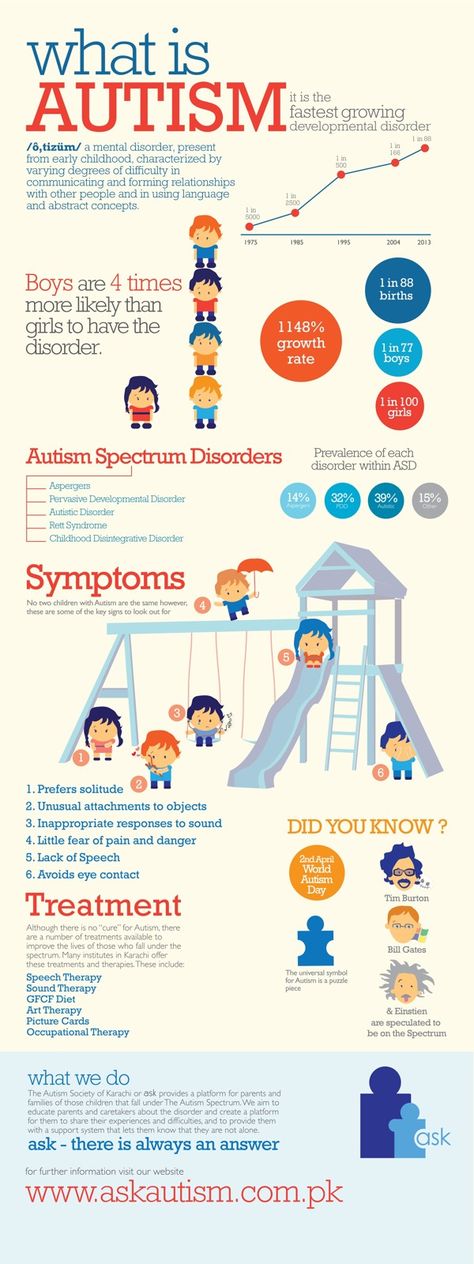 This is because the criterion of functionality itself is deeply flawed, because it is based on the false premise that visible external behavior is tantamount to intelligence. As trite as it may sound, you need to move away from treating people by their appearance. Autism specialists should assume intelligence in everyone without exception.
This is because the criterion of functionality itself is deeply flawed, because it is based on the false premise that visible external behavior is tantamount to intelligence. As trite as it may sound, you need to move away from treating people by their appearance. Autism specialists should assume intelligence in everyone without exception.
Based on logical reasoning, ethical considerations and, nevertheless, the need to classify the degree of autism in children and adults, in modern and progressive society it is customary to divide not into clinical forms, but into the degree of need for support - from full and constant support of a person, partial guardianship, to complete independence.
When faced with an ASD diagnosis, it is important to remember that levels of functionality and associated symptoms may change with adequate therapy. And not just to change - gradually and carefully, but also to move from heavy to light.
Most studies agree that early intervention (before 3 years of age) with behavioral therapy, medication (if necessary), systematic sessions with correctional educators and a comprehensive approach significantly increase the child's chances of a normal life along with peers.